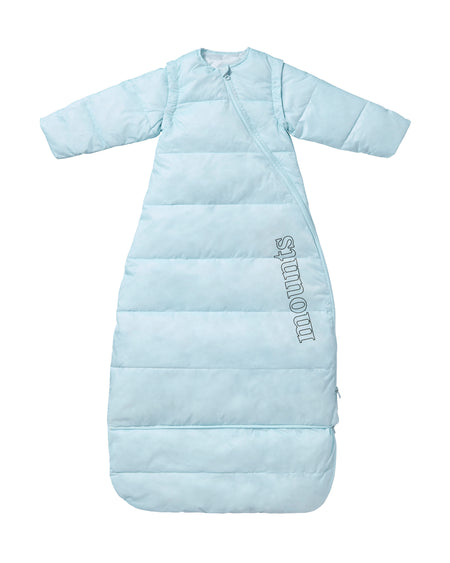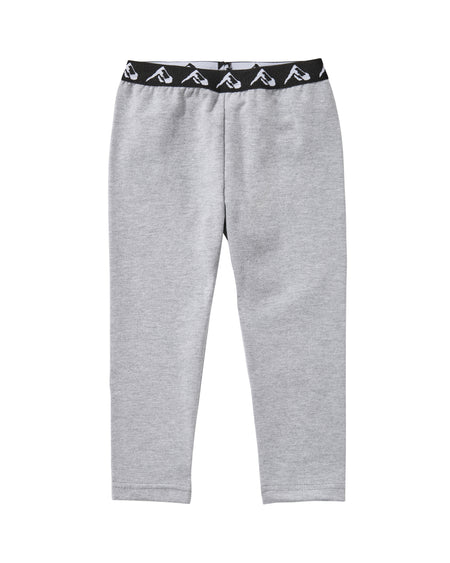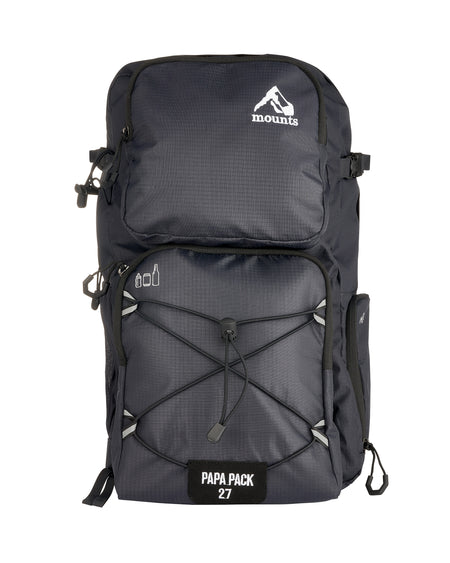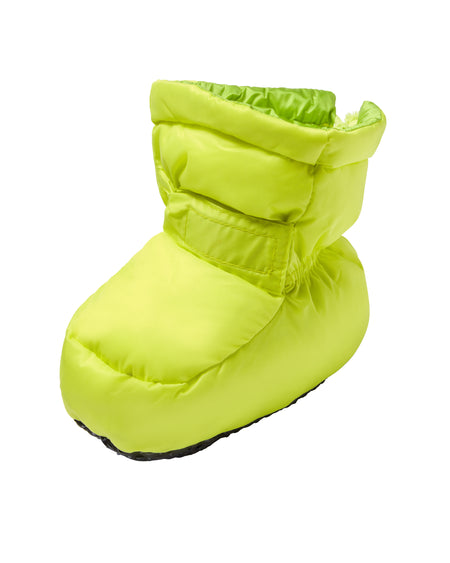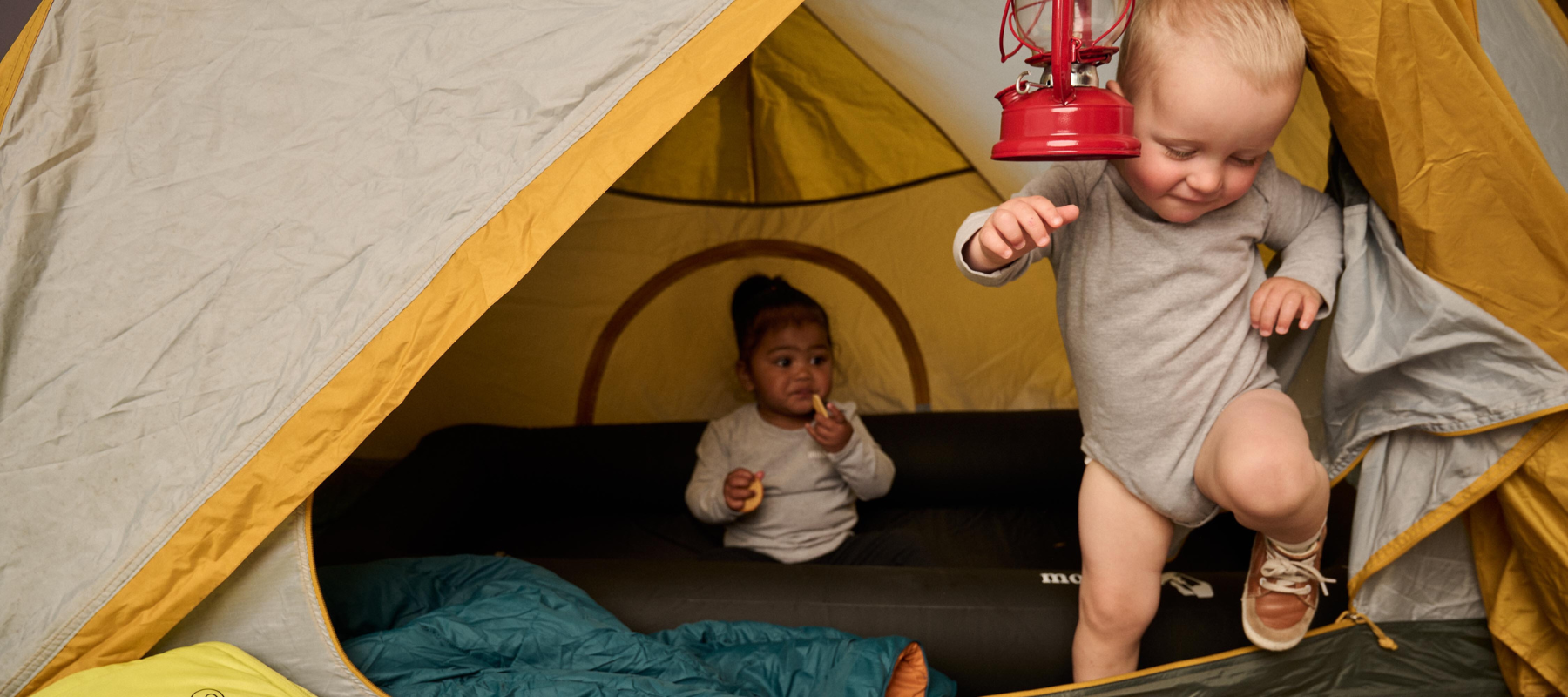The practical ways in which one can reduce the risk of SIDS (Sudden Infant Death Syndrome) in their home are widely accepted. All guidelines are relatively identical around the globe and consist of the following practical rules to follow:
-
Lay your infant on their back
-
Ensure your infant is laid on a flat and firm surface. A fitted sheet must not bunch or come loose.
-
Use wearable blankets. Do not use loose blankets, duvets, quilts, or other non-fitted coverings.
-
Keep the surface clean and free of obstructions (i.e. no pillows or toys). If child uses a snuggie, ensure it is breathable.
-
Co-sleeping with an infant in the bed is a leading cause of SIDS and highly discouraged.
Given these practical rules for home, it is apparent and clear that the inside of a tent or campsite present a high potential risk for SIDS. The ground sheet is loose, the ground is uneven, sleeping bag and tent material bunches easily and is often not breathable, gear is usually kept strewn over the tent area and you are almost always co-sleeping.
-
What surface is your child sleeping on? Does it bunch, is it breathable, is the material slippery?
-
Is the ground slanted or uneven and does your child risk slipping out of position during the night?
-
Do you have loose items inside the tent? Can you put your items away or out of reach?
-
How big is the tent’s floor space and how many people are sharing the space?
Ask yourself these questions before your trip and ask yourself again once your campsite is set up.
Practical tips for preventing SIDS while camping with babies and toddlers:
-
Pre-plan, plan and plan again.
-
Plan to put all gear away and plan to have a home for every item. All choking sized objects or objects with the ability to smother must be stored away.
-
Check the incline of the ground. Sleep with your head facing the upper slope. Ensure that if sliding does occur, the feet will bunch against the side of the tent and blood flow will not over saturate the brain. Do not allow an adult’s body to slide towards the child.
-
Check if the ground is uneven. Divots and holes can create opportunities for material to bunch and spaces for children to get stuck.
-
Ensure your head is at the same level as the child. It is more likely your legs and lower body may move during the night. Excess sleeping bag material is most likely to be loose around an adult’s legs.
-
Plan for a variety of different temperatures.
To explore country level international SIDS resources please see the below resources:

